Decoding the Mystery of Black Pearls: A Guide to Choosing the Perfect One

Black pearls, also known as Tahitian pearls, symbolize elegance, sophistication, and luxury. Unlike traditional white pearls, black pearls are rare and unique, with striking colours. Choosing the perfect black pearl can be difficult as many factors co-exist, including surface quality and origin. However, with the right knowledge, you can choose the perfect black pearl that suits your taste and budget.
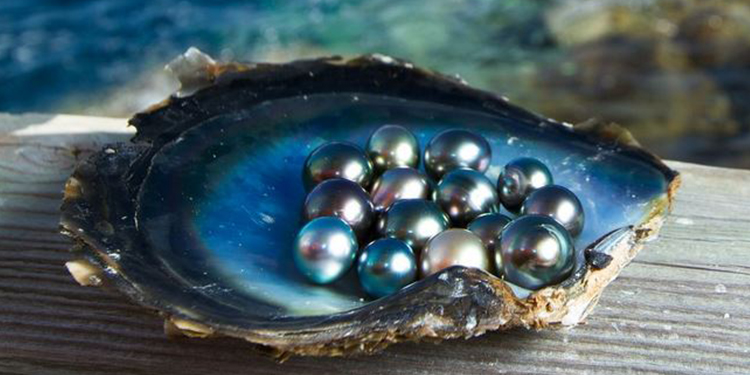
This guide will help you with an in-depth understanding of black pearls, including their origins, cultivation, and how to identify a high-quality black pearl.
Black pearls - Frequently asked questions.
Are black pearls real?
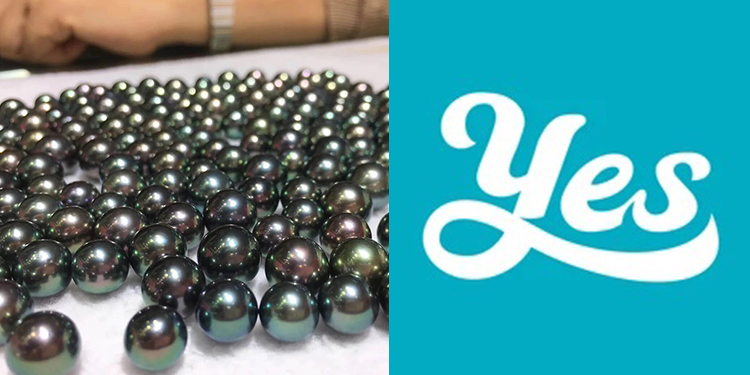
Yes, black pearls are real. They come in three types: Freshwater, Akoya, and Tahitian. These pearls can vary in size, shape, and colour and may be dyed or natural.
Are black pearls valuable?
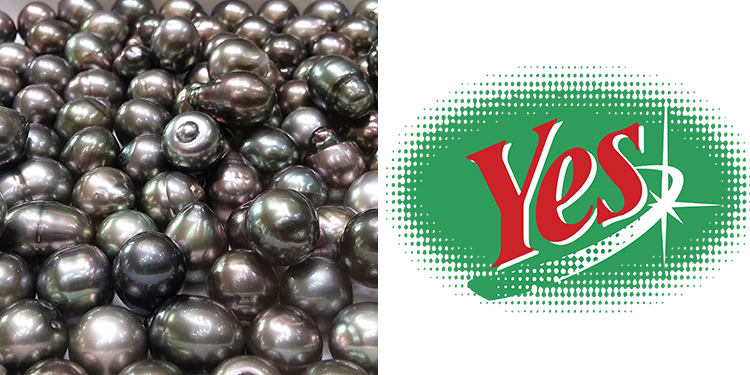
Black pearls are the most expensive of all the pearl colour types. However, the pricing varies significantly, ranging from several hundred dollars to thousands of dollars and more. For instance, a small, low-quality black pearl may be worth less than $200, while an average-quality black pearl can fetch between $200 and $600.
The most expensive black pearls with the finest quality can range from $1,000 to $36,000 or more. Also, note that black pearls in unused condition with no scratches can be even more valuable.
Black pearl colours
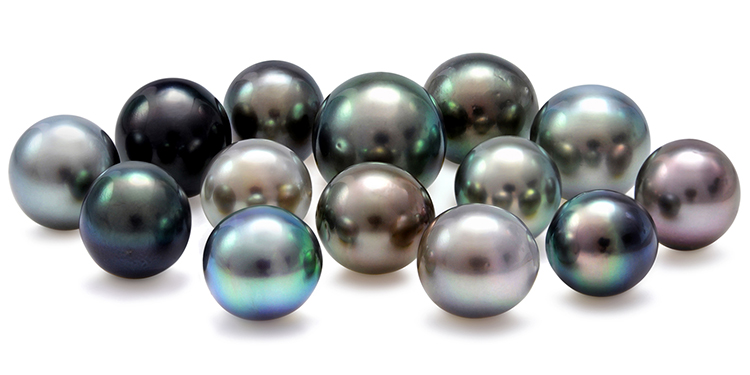
Black pearls come in various colours, despite their name. The term "black pearl" refers to their dark, rich body colour, varying from dark green, blue, brown, and red to nearly black.
Some black pearls may also have overtone, secondary colours visible when light reflects off the pearl's surface. These overtones can range from cherry, purple, silver, and teal, adding depth and complexity to the pearl's appearance.
What makes black pearls black?
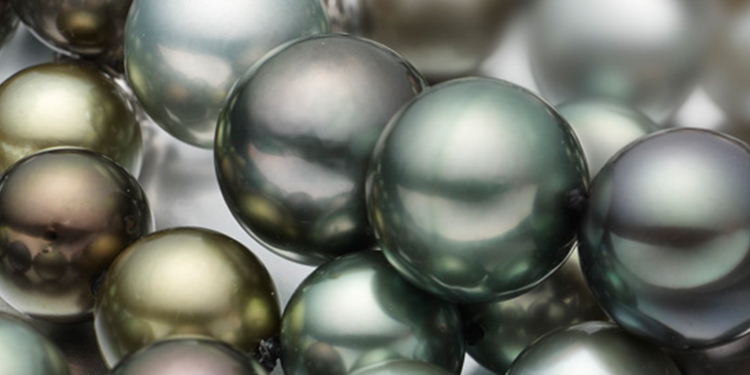
Like all pearls, black pearls start with an irritant, such as sand or a small piece of tissue lodged inside an oyster. To protect itself from this irritant, the animal secretes a substance called nacre, which gradually builds up around the irritant layer upon layer until it forms a pearl.
Black pearls are most commonly formed by the Tahitian black-lipped pearl oyster, also known as Pinctada margaritifera. This oyster species has a dark, almost black inner shell lining, which gives black pearls their distinctive colour. This creates a range of colours that are much darker and more striking than the colours of pearls formed by other types of oysters or molluscs.
What about dyed black pearls: Akoya and Freshwater pearls?

Akoya and Freshwater pearls are not naturally black.
Black Akoya pearls are dyed to achieve their dark colour, with surface colours ranging from blackish-blue to blackish-green. The dyeing process saturates the pearl's nacre from the outside, stripping away the natural luminosity and leaving a uniform colour and a plastic-looking shine.
Black Freshwater pearls can be achieved through two methods: dyeing and irradiation. Irradiated black Freshwater pearls can display a range of intense colours, from peacock and denim-blue to violet/purple and blue-green. You may spot tiny black "specks" on the pearl's surface where the irradiation treatment was not fully applied.
Though the dyed black Freshwater pearls look similar to dyed black Akoya pearls in terms of colour, size, and lustre, they are different. You can differentiate the two by their shapes. While Akoya pearls are perfectly round, Freshwater pearls have slight off-round to oval-ish shapes.
How to tell dyed vs natural black pearls?
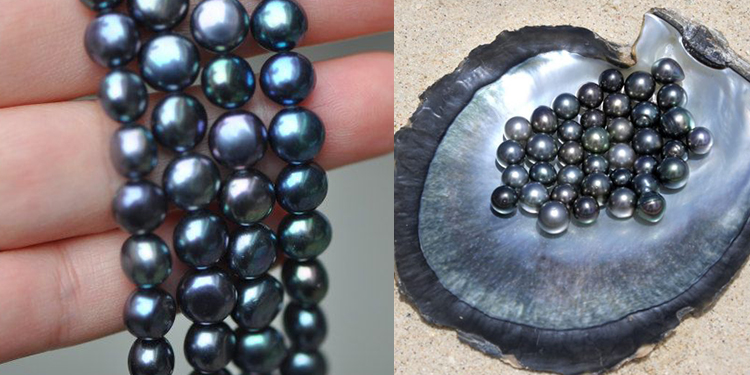
It can be hard to tell if black pearls have been treated or if they are natural Tahitian pearls. But usually, treated pearls have a more consistent colour than natural pearls, which can have some variation. You can check if pearls have been treated by looking at the hole where they were drilled - treated pearls may have a slightly darker colour in that area because of the dye used. The nucleus inside the drill hole might also look darker, but this might be hard to see on small pearls.
Tips on buying black pearls
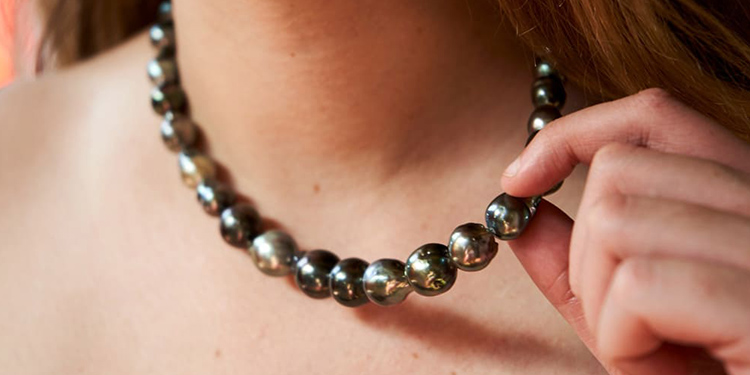
Before buying black pearls, read the following tips:
● Look for a reputable dealer: Research before purchasing to ensure you buy from a trusted source.
● Understand the three different types of black pearls. Knowing the differences in colour, shape, size, and lustre will help you choose the right type of black pearl for your needs.
● Check for lustre and surface quality. A high-quality black pearl should have a bright, reflective surface that glows in the light.
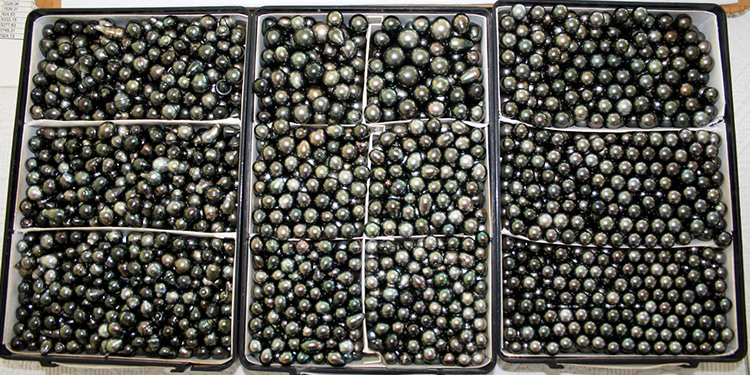
● Black pearls come in a variety of shapes and sizes. The most valuable black pearls tend to be perfectly round, but other shapes, such as drop, oval, or baroque, can also be attractive.
● Price: Black pearls can vary significantly depending on their quality and rarity. Determine your budget before making a purchase and compare prices from different dealers.
Conclusion
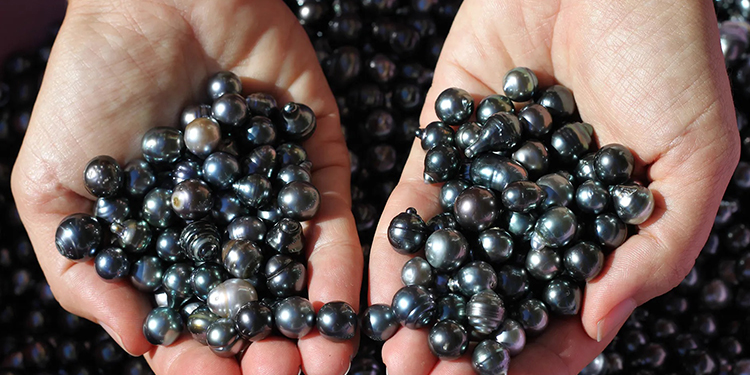
Whether you're looking for a classic and timeless piece or a modern and edgy design, black pearls are an excellent choice that will never go out of style. You can pick the correct one by understanding the factors that make up a high-quality black pearl. Just remember to consider the origin and cultivation process of the pearl, as these factors can affect its overall value and quality.


Leave a Comment